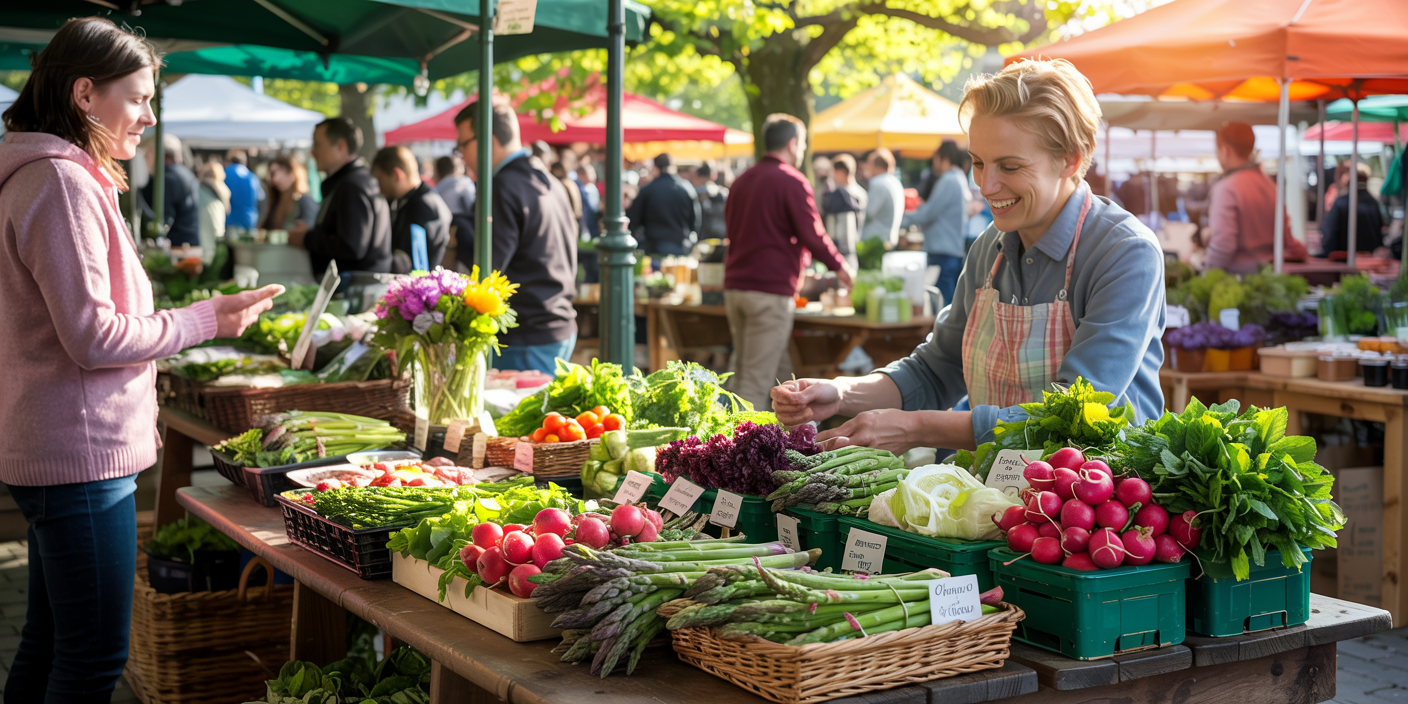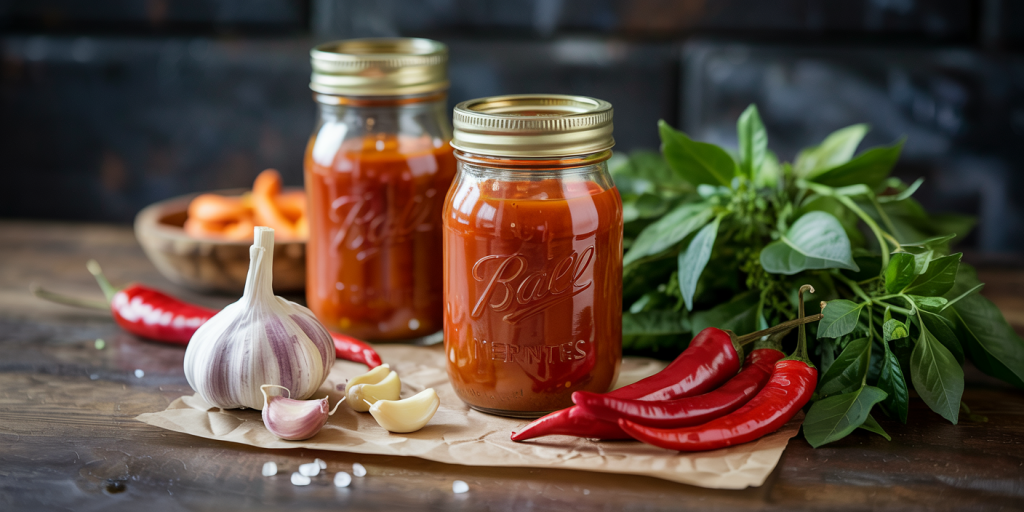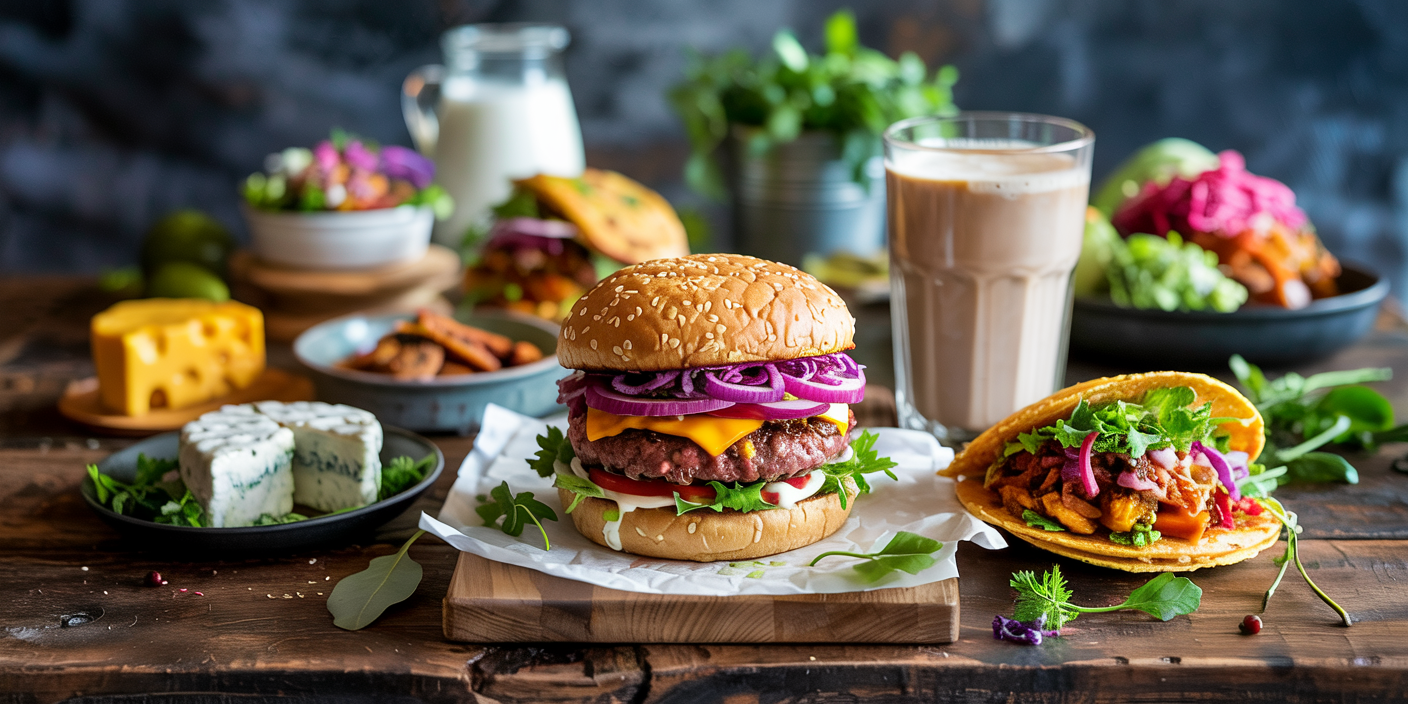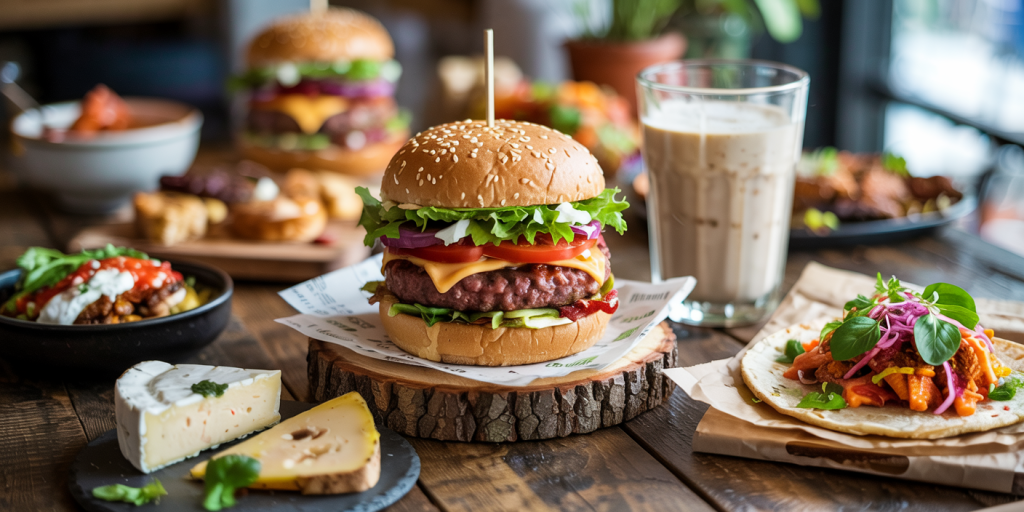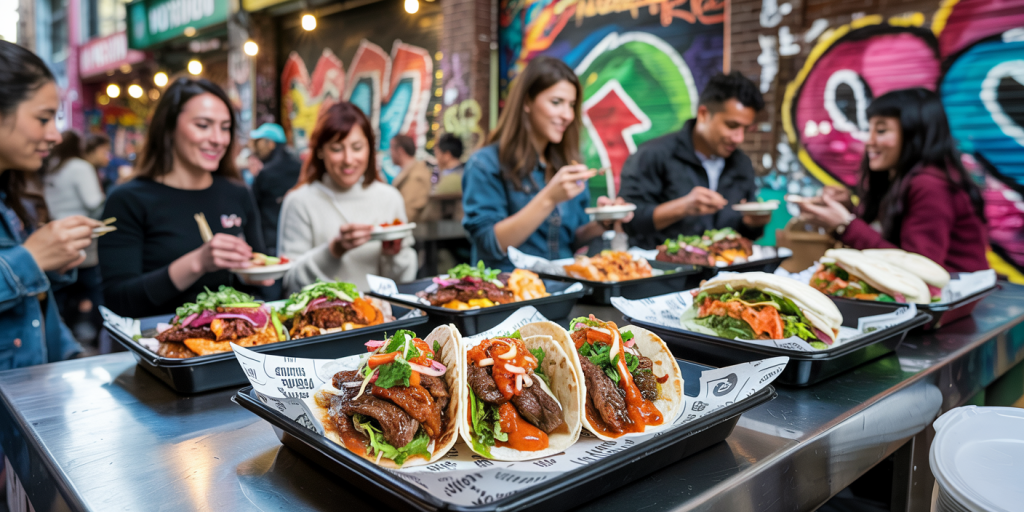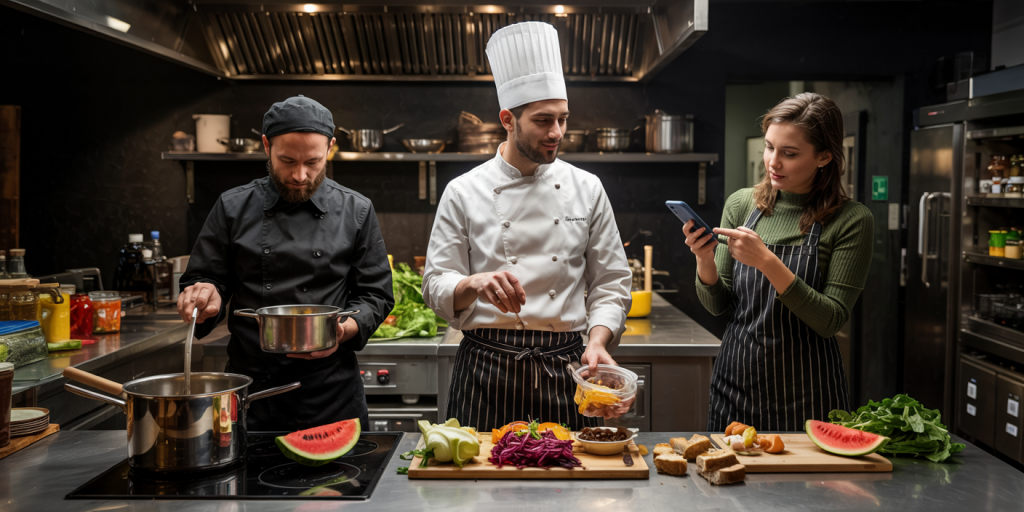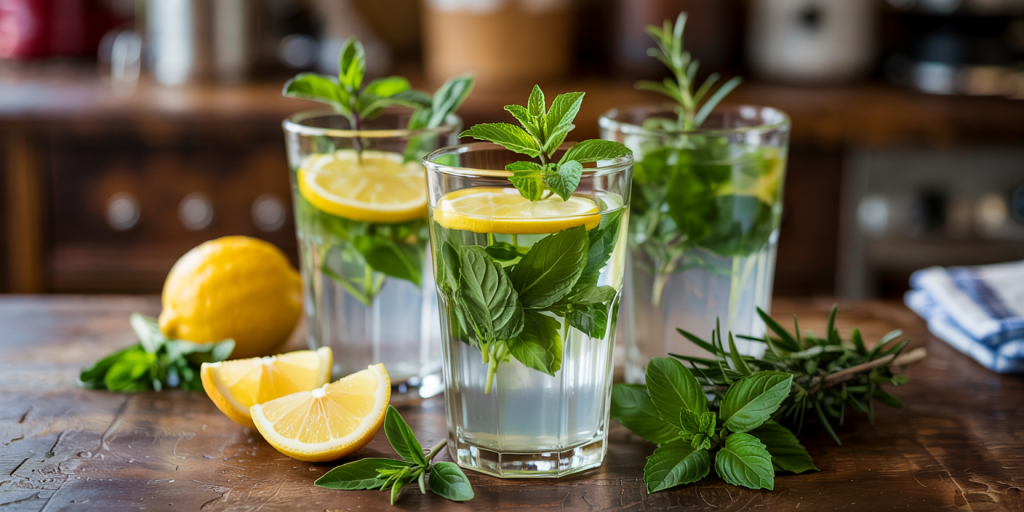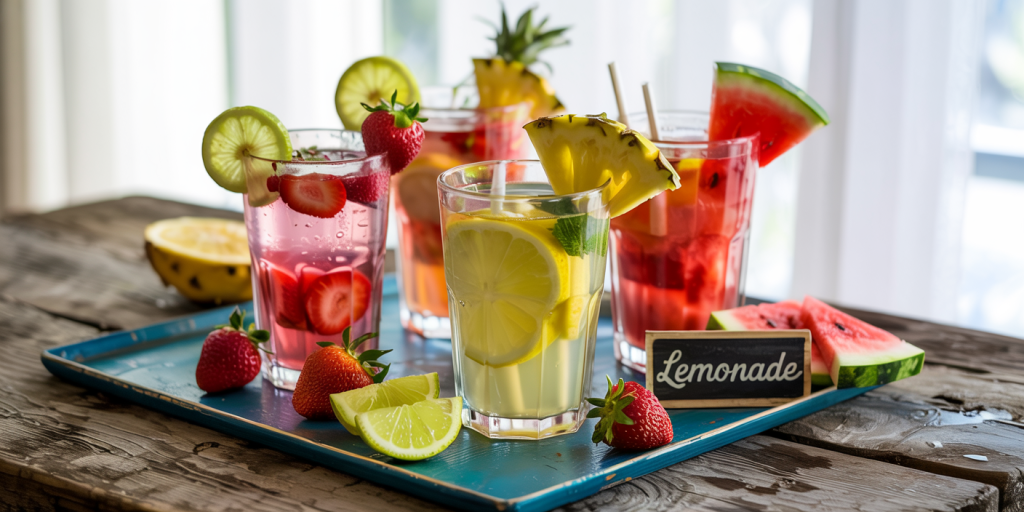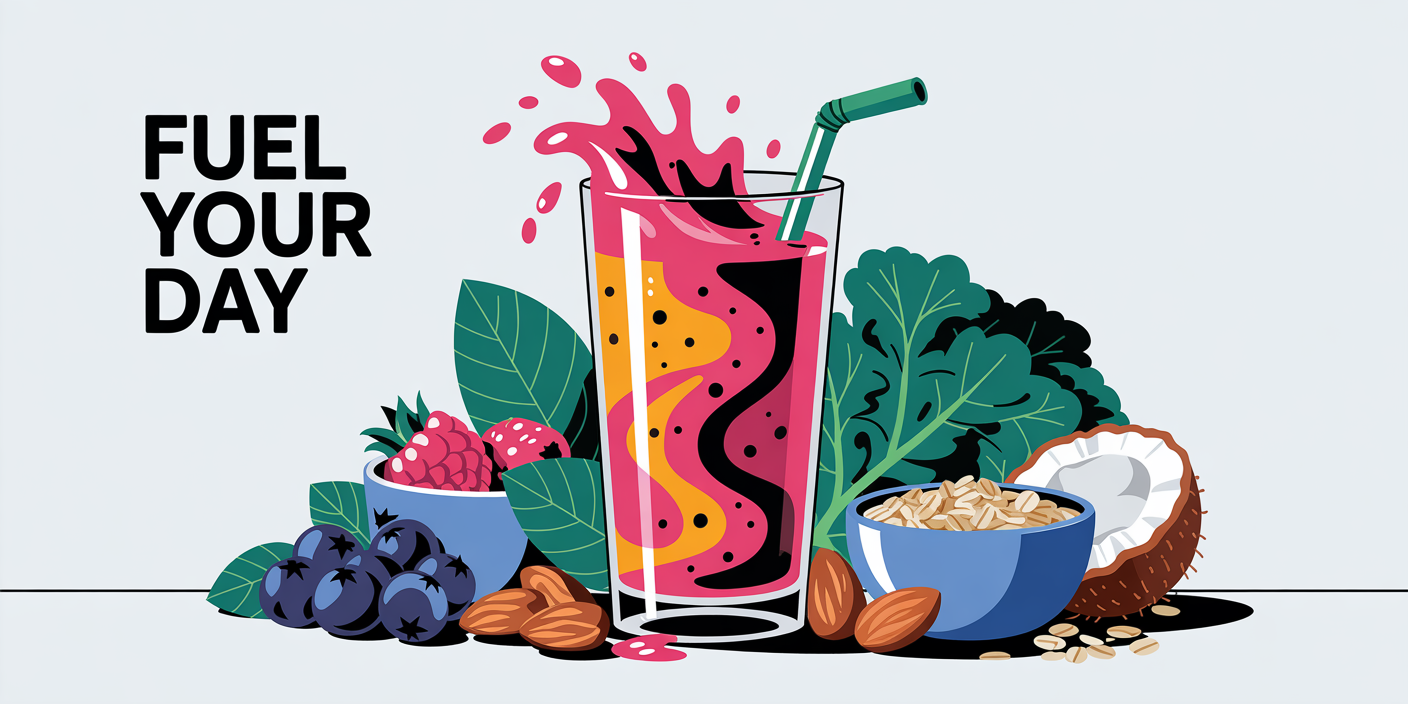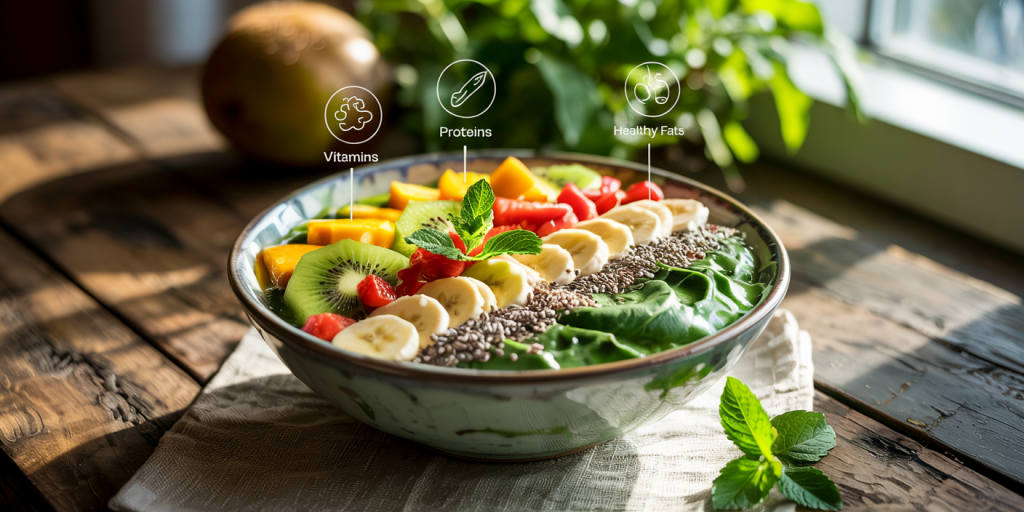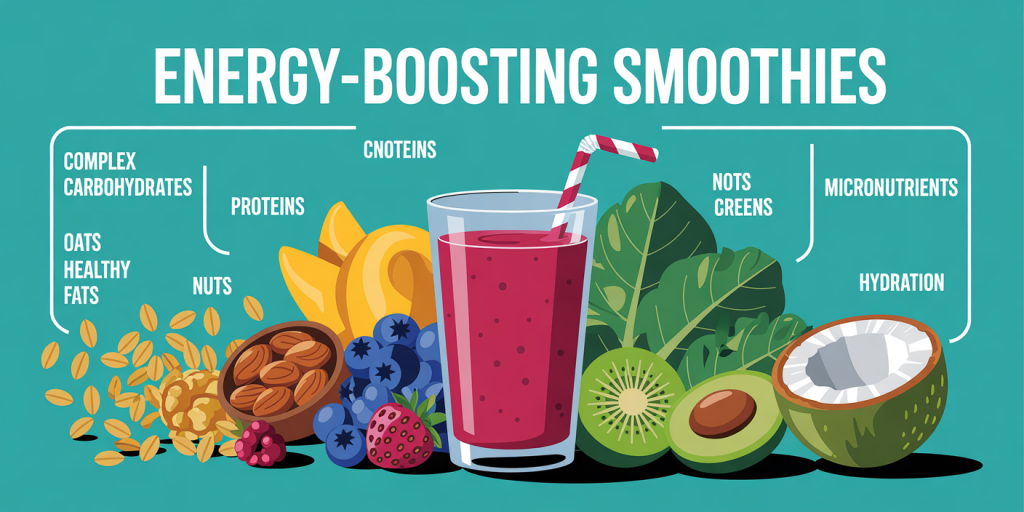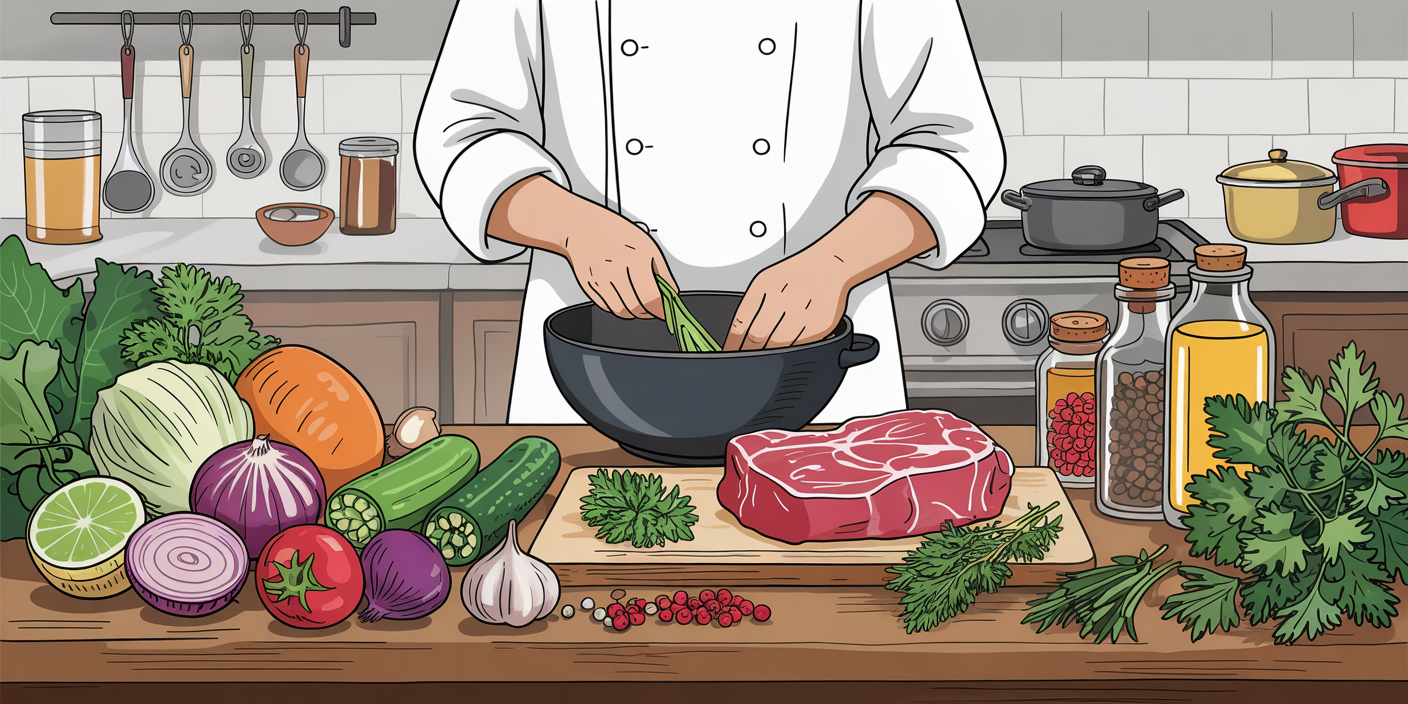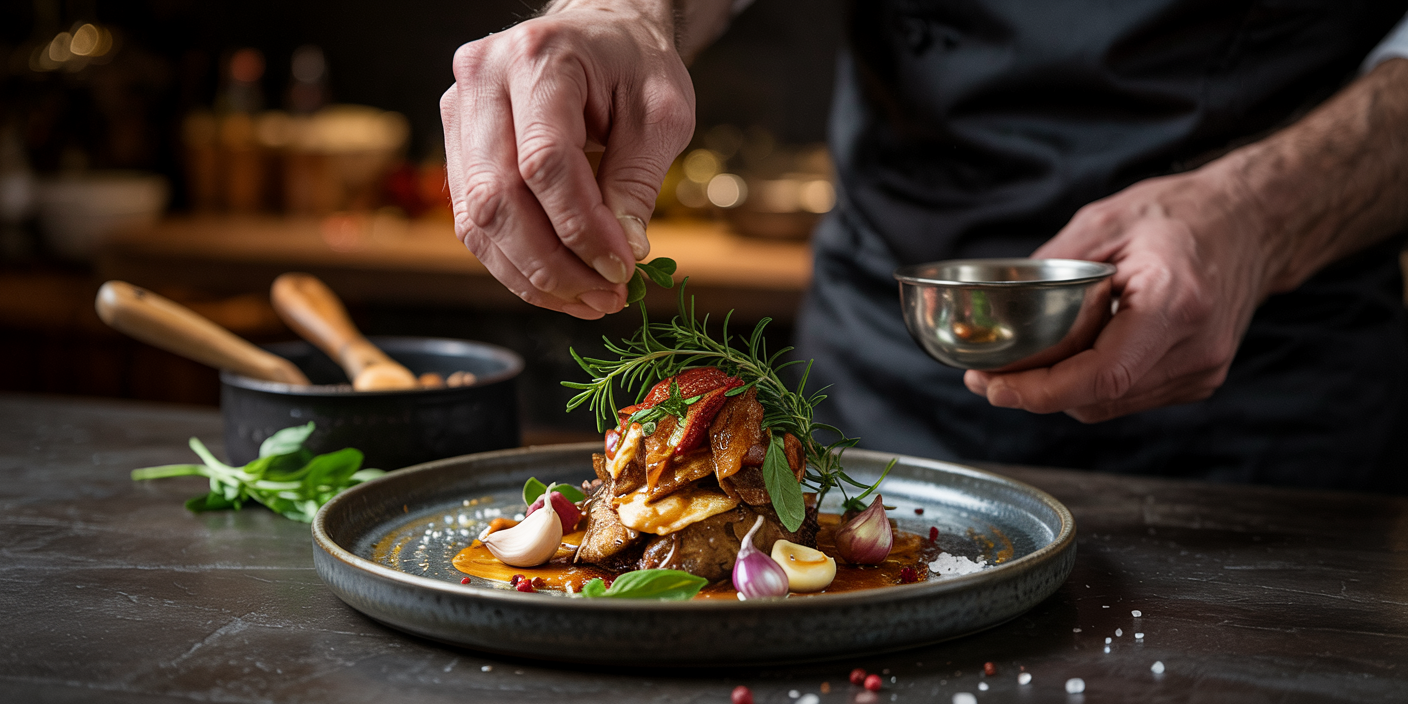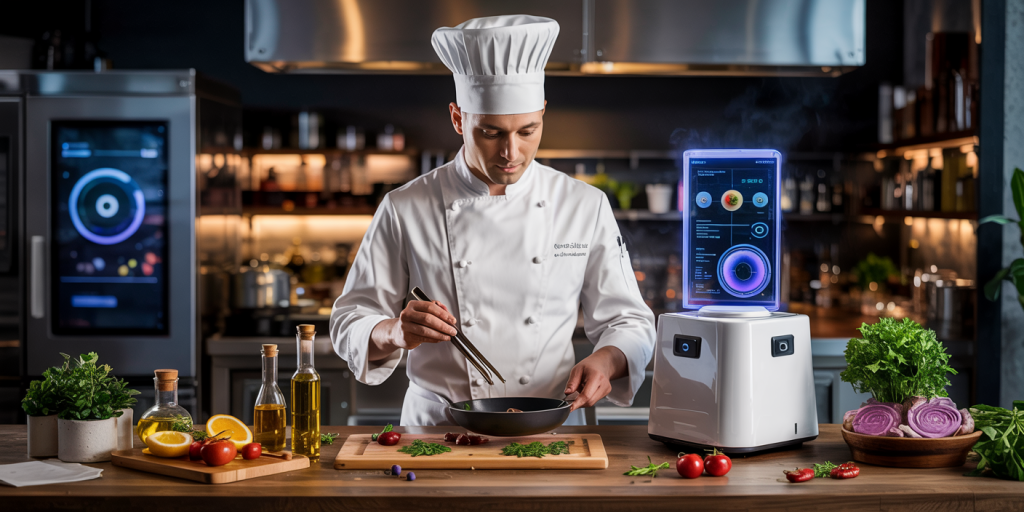Seasonal recipes have long been a vital part of culinary traditions worldwide. Utilizing ingredients at their peak freshness not only enhances flavor but also promotes sustainability and nutrition. Across the four seasons—spring, summer, fall, and winter—home cooks and chefs alike can create diverse dishes by focusing on locally available produce and seasonal delicacies. According to the USDA, consuming seasonal produce can increase nutrient intake by up to 25% compared to out-of-season alternatives. The variations in climate and agricultural cycles mean that each season offers unique opportunities to experiment and savor different tastes. This article explores practical, tasty recipes tailored to each season, backed by case studies and culinary evidence, and provides insight into how seasonal cooking is evolving with future food trends.
—
Spring Recipes: Fresh Flavors and Vibrant Greens
Spring is synonymous with renewal and freshness, bringing a bounty of young vegetables and herbs to the kitchen. As produce like asparagus, peas, radishes, and spinach emerge, spring recipes often emphasize light, fresh flavors that celebrate these elements. For example, a classic spring dish is a pea and mint risotto, which combines the sweetness of fresh peas with the aromatic zest of mint leaves. This recipe highlights the vibrancy of spring and offers a healthful, warming meal after the colder months.
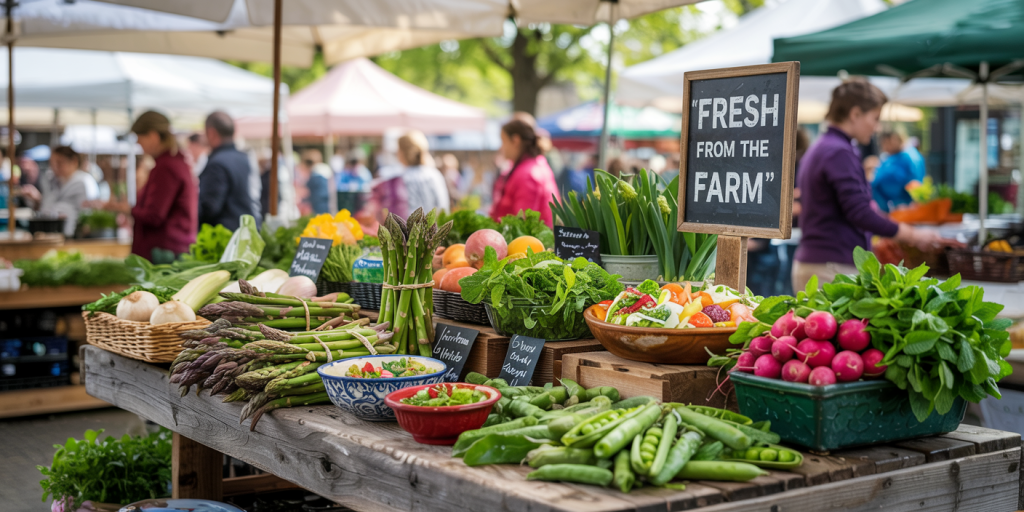
Farmers’ markets are abundant with spring vegetables, supporting recipes that rely heavily on fresh, local produce. In regions like California’s Central Valley, data from the 2022 season showed a 30% increase in local asparagus yield compared to prior years, translating to more affordable and fresher ingredients for consumers. A practical recipe demonstrating this is a roasted asparagus and goat cheese tart, leveraging creamy cheese as a complementary texture to the crisp asparagus.
Spring salads are also a hallmark of this season. Combining radishes, baby kale, and fiddlehead ferns with a lemon vinaigrette creates a bitter-sweet balance that awakens the palate. According to nutritionist studies published by the Journal of Nutrition & Health, incorporating fresh greens into your diet during spring can improve immunity and energy levels by replenishing essential vitamins like A, C, and K.
—
Summer Recipes: Light and Refreshing for Warm Climates
Summer cooking shifts toward meals that are quick, refreshing, and often served cold or at room temperature to suit warmer weather. The season’s best produce includes tomatoes, zucchini, corn, watermelon, and berries. These ingredients inspire recipes that celebrate juiciness and crisp textures, perfect for outdoor dining and barbecues.
One classic example is a summer caprese salad made with heirloom tomatoes, fresh basil, and buffalo mozzarella. Heirloom tomatoes contain up to 40% more lycopene than conventional varieties, a powerful antioxidant with cardiovascular benefits. This is not only a nutritious meal but also a colorful, visually appealing choice that complements the season’s mood.
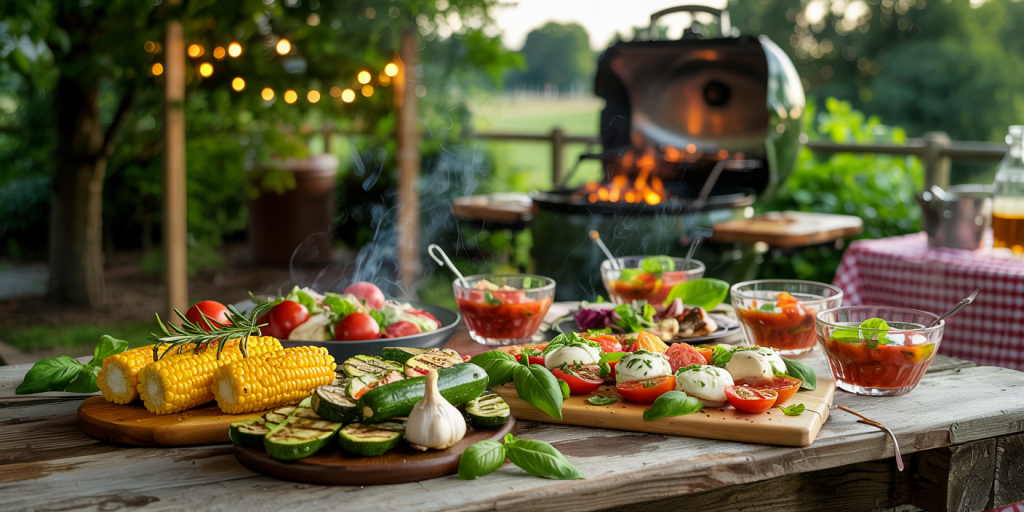
Grilled dishes dominate summer tables, with vegetables like corn on the cob and bell peppers taking center stage. According to a survey conducted by the National Restaurant Association, 65% of American households barbecue or grill at least once per week during summer. Recipes such as grilled corn with chile-lime butter or zucchini skewers flavored with rosemary and garlic showcase how seasonal vegetables excel with minimal seasoning and quick cooking methods.
Cold soups are another feature of summer cuisine; gazpacho, made from ripe tomatoes, cucumbers, and peppers, is a prime example. Spanish chefs have popularized this dish worldwide, underscoring the importance of using fresh, in-season produce to maximize flavor and retain nutrients. Studies show that chilled vegetable soups can reduce calorie intake by 15% during hot months due to their light nature and hydration benefits.
—
Fall Recipes: Hearty and Comforting Dishes
As temperatures drop, fall recipes typically focus on warming, earthy flavors and heartier ingredients. This season marks the peak of root vegetables, pumpkins, squashes, apples, and nuts, often leading to dishes that are both filling and comforting. Pumpkin soup, enriched with spices like cinnamon and nutmeg, is a seasonal classic worldwide, with American households increasing pumpkin use by 50% during October and November according to USDA food trends.
Casseroles and baked dishes become prevalent as well, with ingredients like butternut squash and Brussels sprouts offering texture and depth. A quintessential fall meal might be a roasted butternut squash lasagna, layering the sweetness of squash with creamy béchamel, offering a vegetable-rich alternative to traditional meat lasagnas. From a culinary standpoint, roasting enhances the sugars in vegetables, according to food chemist Harold McGee, thus deepening flavor complexity.
Apple picking season also brings homemade desserts such as apple crisps and pies, which celebrate the fruit’s abundance. A comparative study looking at apple consumption patterns from 2015 to 2020 showed a 12% increase in baked apple-based desserts during fall, driven by home cooking trends and seasonal celebrations like Thanksgiving and Halloween.
—
Winter Recipes: Nourishing and Soulful Foods
Winter recipes emphasize nutrition and comfort, often involving slow-cooked, hearty ingredients. Root vegetables like carrots, parsnips, and potatoes become staples, alongside winter greens like kale and collard greens. Stews, braises, and roasts are popular for their ability to transform tough winter produce into tender, flavorful meals.
An example is the traditional beef stew, which uses root vegetables, onions, and herbs simmered slowly to yield rich flavors and a nutrient-packed result. Slow cooking retains vitamins such as B-complex and minerals, according to research published in the International Journal of Food Sciences. Stews also provide an economical way to use less expensive cuts of meat, appealing to budget-conscious consumers in colder months.
In addition to hearty mains, winter also showcases seasonal citrus fruits like oranges, grapefruits, and pomegranates. Recipes such as orange-glazed duck or pomegranate molasses roasted vegetables balance richness with bright acidity, contributing to both flavor and immune support during flu season. Data from the Citrus Research Board highlights a 20% increase in citrus consumption in winter due to its health benefits and culinary versatility.
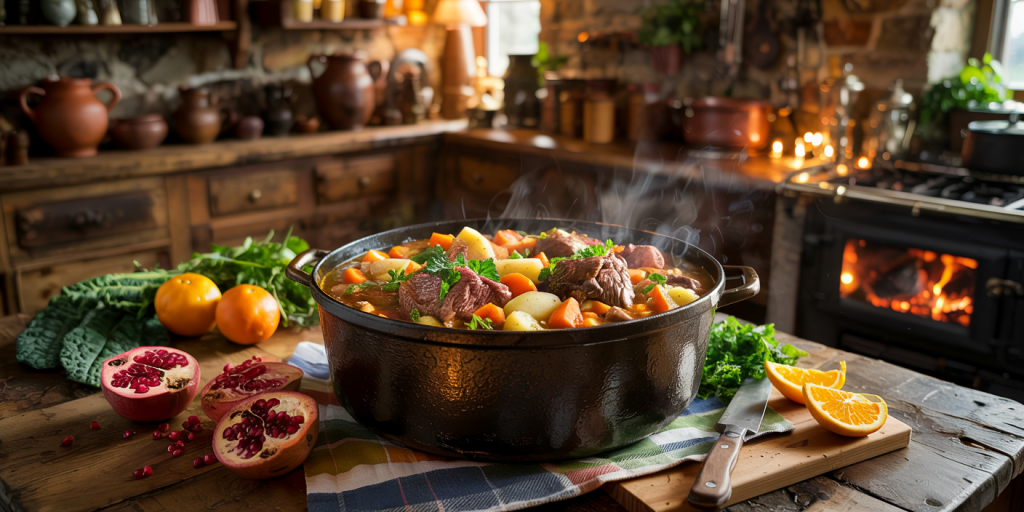
—
Comparative Table: Seasonal Ingredients and Recipe Types
| Season | Key Ingredients | Common Recipe Types | Nutritional Benefits | Popular Cooking Techniques |
|---|---|---|---|---|
| Spring | Asparagus, peas, radish, mint | Salads, light soups, tarts | High in Vitamin K & C, antioxidants | Roasting, sautéing |
| Summer | Tomatoes, zucchini, corn, berries | Grilled dishes, cold soups | Lycopene, hydration minerals | Grilling, chilling, quick cooking |
| Fall | Pumpkin, squash, apples, nuts | Soups, casseroles, pies | Fiber, vitamins A and E, complex carbs | Roasting, baking, slow cooking |
| Winter | Root vegetables, kale, citrus | Stews, braises, roasts | Vitamins B, C, immune-boosting citrus | Slow cooking, glazing, roasting |
—
Future Perspectives: The Evolution of Seasonal Cooking
The future of seasonal cooking is closely linked to sustainability, technology, and consumer education. With climate change impacting growing seasons—often causing unpredictability in harvest periods—farmers and chefs are adapting with innovative solutions such as vertical farming and precision agriculture. These practices aim to extend growing seasons and improve yield quality, thereby expanding the availability of seasonal ingredients.
Moreover, data-driven food apps and platforms are making it easier for consumers to access recipes tailored to in-season produce in their region, encouraging eating habits that align with ecological and health-based priorities. For instance, platforms like FreshBox and SeasonalEats provide localized information on peak harvests and recipe suggestions, creating a more personalized cooking experience.
Additionally, as global interest in plant-based diets grows, seasonal recipes are evolving to promote vegetables and fruits as primary ingredients rather than accents. Culinary schools are incorporating sustainability and seasonality into their curricula, preparing future chefs to innovate amid changing agricultural landscapes.
Ultimately, the integration of science, technology, and tradition may revolutionize how seasonal recipes are conceived and embraced, making fresh, nutrient-rich, and sustainable food accessible year-round without sacrificing flavor or cultural significance.
—
Embracing seasonal recipes not only enriches your culinary experience but also supports health and the environment. By choosing ingredients that are naturally at their peak, you can create dishes that are flavorful, economical, and nutritionally superior. Whether it’s the freshness of spring greens, the brightness of summer fruits, the comfort of fall squash, or the warmth of winter stews, cooking seasonally is a timeless and evolving practice worth cultivating.
